24 Authentic Traditional Indonesian Rice Dishes to Taste
Rice stands as a culinary cornerstone in Indonesian gastronomy, weaving through cultural traditions and regional identities with remarkable depth.
Generations have cultivated intricate cooking techniques that transform simple grains into spectacular meals bursting with flavor and heritage.
Indonesian rice dishes represent more than sustenance; they embody community connections and familial storytelling passed through generations.
Complex spice combinations and unique preparation methods distinguish these remarkable culinary creations from other global rice traditions.
Local ingredients play a crucial role in developing distinctive taste profiles that capture regional microcosms.
Remarkable techniques involving steaming, fermenting, and seasoning elevate these dishes beyond mere nutrition into artistic expressions.
Skilled home cooks and professional chefs alike approach these recipes with profound respect for ancestral knowledge.
Your appetite for understanding Indonesian culinary culture will be satisfied by these 24 traditional Indonesian rice dishes:
Traditional Indonesian Rice Dishes for Comfort and Spice
Indonesian rice dishes are the centerpieces of the table, layered with flavor from spices, herbs, and coconut. Each bite is an invitation to slow down and enjoy.
Nasi Goreng Ayam
Nasi goreng ayam stands as Indonesia's beloved spicy chicken fried rice, bursting with complex flavor profiles from Southeast Asian ingredients.
Indonesian home kitchens transform leftover rice into a spectacular one-pan meal featuring tender chicken pieces sizzled with aromatic spices like turmeric, garlic, and ginger.
Soy sauce and kecap manis provide deep umami undertones while creating a rich caramelized coating on each rice grain.
Hot peppers add sharp heat that awakens the palate, complementing the savory chicken.
Fried eggs crown the dish, their runny yolks mixing with the spiced rice for extra richness.
Crispy fried shallots and sliced chili peppers contribute additional texture and zest.
Prawn crackers traditionally accompany this vibrant street food, offering a satisfying crunch.
Bubur Ayam
Bubur ayam are creamy Indonesian rice porridges featuring tender shredded chicken as its signature component, transforming simple rice grains into a soul-warming breakfast sensation.
Chinese culinary traditions inspired this classic dish, which Indonesians adapted with local ingredients and unique regional flavors.
Indonesians prepare the porridge by boiling dark chicken pieces and using the same broth to cook rice until it reaches a thick, smooth consistency.
Savory condiments like crispy fried shallots, green onions, and soy sauce enhance the porridge's depth and complexity.
Soft-textured rice absorbs the rich chicken broth, creating a comforting meal that satisfies hunger and warms the spirit.
Traditional toppings might include salted soybeans, crackers, and additional shredded chicken for extra protein.
Street vendors and home cooks serve bubur ayam as a popular morning meal across Indonesia.
Each region offers slight variations, making this simple dish a flexible and beloved breakfast staple.
Nasi Uduk
Nasi uduk is Indonesia's aromatic coconut rice masterpiece featuring fluffy grains infused with lemongrass, cloves, pandan leaves, and cinnamon.
Indonesian kitchens elevate this dish by cooking rice in rich coconut milk, creating an intensely fragrant base with complex flavor profiles.
Crispy fried shallots generously sprinkled on top add textural contrast and nutty depth to the rice.
Indonesians rarely consume nasi uduk alone, instead pairing it with complementary proteins and vegetables.
Traditional accompaniments include rice noodles, fried anchovies, and rice crackers.
Spicy sambal - either classic red or peanut-based - provides a signature heat that amplifies the rice's creamy undertones.
Nasi Goreng
Nasi goreng are savory Indonesian rice dishes packed with intense flavors and cultural history, originating from Chinese culinary influences during early trade exchanges.
Indonesians transformed leftover rice into a resourceful breakfast meal, preventing food waste while creating a delicious national staple.
Street vendors and home cooks traditionally prepare this quick rice dish with day-old rice, scrambled eggs, and meat or seafood variations.
Regional ingredients like shrimp paste, sweet soy sauce, and chili peppers define its complex taste profile.
Malaysian and Singaporean cuisines have embraced nasi goreng, spreading its popularity across Southeast Asia.
Spicy sambal and crispy shallots often garnish the dish, adding textural contrast and depth.
Protein options range from chicken and shrimp to beef and lamb, making it adaptable to individual preferences.
Indonesians consider nasi goreng a comfort food that reflects resourcefulness and culinary creativity.
Nasi Kuning
Nasi kuning are golden Indonesian rice celebrations that symbolize prosperity and happiness during important ceremonies like weddings, birthdays, and religious events.
Indonesian families prepare this vibrant rice dish by cooking white rice with coconut milk and turmeric, creating a brilliant yellow color that signals festivity and cultural significance.
Javanese culinary traditions anchor this recipe, where rice sits centerpiece surrounded by complementary proteins like fried chicken, potato fritters, sliced omelet, and shrimp.
Spicy condiments such as sambal and serundeng (fried coconut flakes) enhance the meal's complex flavor profile.
Each plate carefully arranges ingredients with precise placement, reflecting Indonesian aesthetic principles.
Traditional preparation involves specific cooking techniques that infuse the rice with aromatic herbs like lemongrass and kaffir lime leaves.
Ceremonial serving of nasi kuning represents community connection and shared cultural moments.
Nasi Gandul
Nasi gandul is a distinctive Indonesian rice dish featuring a rich, thick broth poured over white rice on a banana leaf.
Street vendors in Pati, Central Java, serve this unique meal with tender cow innards, beef tongue, hard-boiled eggs, and crispy fried tempeh.
Traditional eating involves using suru, a banana leaf folded into a spoon-like utensil for consuming the meal.
Originating from Gajahmati village, the dish combines savory elements that resemble curry or gulai in its preparation.
Rice serves as the base, absorbing the flavorful broth that defines the meal's character.
Locals enjoy nasi gandul as a hearty street food option.
Accompaniments add depth and texture to the overall experience.
Regional ingredients and cooking techniques make this dish a unique culinary representation of Central Javanese cuisine.
Turmeric Fried Rice (Nasi Goreng Kunyit)
Nasi goreng kunyit is a vibrant Indonesian fried rice bursting with golden turmeric's warm, earthy flavors and aromatic spices.
Malaysian and Singaporean kitchens frequently prepare this colorful dish as a quick and satisfying meal packed with protein and complex tastes.
Turmeric provides a distinctive yellow color and health-boosting properties that make this rice preparation special.
Cooks start by slowly frying turmeric and ginger in oil to release their intense fragrance and create a rich base.
Chicken pieces get browned in the same pan before cooked rice joins the mixture and gets stir-fried until slightly dry.
A fresh egg cracked in the center adds creamy richness to the dish.
Scallions and a blend of soy sauce, salt, sugar, and pepper complete the final seasoning, creating a balanced and flavorful meal that represents Southeast Asian home cooking traditions.
Nasi Goreng Mawut
Nasi goreng mawut represents an Indonesian mixed fried rice bursting with complex flavor profiles from multiple protein sources.
Street vendors and home cooks craft this dynamic dish by combining egg noodles, rice, chicken, and sausages in a spicy base.
Hot peppers, garlic, and shrimp paste create an intense aromatic foundation for the stir-fried mixture.
Candlenuts and fish sauce add depth to the seasoning blend.
Indonesian families often include chicken liver and gizzard for extra richness.
Quick high-heat cooking ensures ingredients integrate seamlessly.
Egg binds the ingredients together, creating a unified texture.
Served steaming hot, this multilayered rice dish offers a complete meal in one plate.
Nasi Pecel
Nasi pecel are Indonesian rice plates featuring a harmonious blend of vegetables drenched in a distinctive sweet-spicy peanut sauce that defines its culinary character.
Green vegetables like water spinach, papaya leaves, and cassava greens form the colorful base of this balanced meal.
Tofu, tempeh, and bean sprouts add protein and texture to the dish's composition.
Boiled eggs and cucumber slices provide additional freshness and contrast.
Crispy peyek crackers deliver a satisfying crunch alongside the soft vegetables.
Sweet and spicy peanut sauce binds all ingredients with its complex flavor profile.
Sambal paste introduces an extra layer of heat for those seeking more intensity.
Indonesian families traditionally enjoy nasi pecel as a nutritious and affordable midday meal that celebrates local ingredients and cooking techniques.
Nasi Liwet
Nasi liwet are savory Indonesian rice dishes steamed with coconut milk and aromatic herbs, creating rich, complex flavors unique to Solo's culinary traditions.
Indonesian families prepare this specialty by cooking rice in clay pots with chicken broth, lemongrass, and bay leaves for intense taste profiles.
Coconut milk infuses each grain with creamy, smooth textures that distinguish it from standard rice preparations.
Traditional serving methods include presenting the dish on banana or teak leaves for authentic presentation.
Tempeh, boiled eggs, and additional proteins frequently accompany the rice to create a complete meal.
Solo remains the original birthplace of this beloved Indonesian rice dish.
Nasi Goreng Kampung
Nasi goreng kampung represents a rustic Malaysian fried rice brimming with authentic village-style flavors and local ingredients.
Indonesian and Singaporean kitchens embrace this hearty dish as a staple street food with deep cultural roots.
Village-style preparation involves stir-frying day-old rice with a spicy sambal base that intensifies its rich taste profile.
Anchovies add a distinctive umami depth to the rice, complementing the aromatic blend of shallots, garlic, and chili peppers.
Water spinach and eggs contribute additional texture and nutritional balance to the dish.
Each region offers slight variations in ingredients and seasoning techniques.
Sambal and crispy anchovies elevate this simple rice dish into a flavorful, satisfying meal that connects generations through its traditional preparation method.
Nasi Timbel
Nasi timbel are traditional Indonesian rice parcels from West Java that showcase steamed rice wrapped carefully in aromatic banana leaves.
Indonesian families love this compact meal because it combines warm rice with an array of complementary protein and vegetable sides like crispy fried chicken, grilled fish, spicy tempeh, and fresh vegetables.
Regional cooks prepare the rice by steaming it inside banana leaf packages, which infuse subtle earthy flavors into the grain.
Each nasi timbel serving provides a complete meal that balances textures and tastes through its carefully selected accompaniments.
Street vendors and home kitchens across West Java frequently offer these portable rice bundles as quick, satisfying meals.
Banana leaf wrapping keeps the rice warm and adds a distinctive natural fragrance to the dish.
Sambal and other spicy condiments often complement the rice's mild flavor.
Nasi Rendang
Nasi rendang is an iconic Indonesian culinary masterpiece featuring slow-cooked meat simmered in a complex spice blend until deeply caramelized.
Originating from Sumatra's Minangkabau culture, this dish transforms beef into an intensely flavorful experience through hours of careful cooking.
Coconut milk creates a rich, creamy base that absorbs complex spices like garlic, ginger, turmeric, lemongrass, and chilies.
Each tender bite reveals layers of depth from carefully balanced ingredients.
Traditional preparation requires patience, with meat cooking for hours until perfectly tender and infused with aromatic spices.
Served over steamed rice, nasi rendang offers a bold, warming meal that reflects Indonesia's rich culinary heritage.
Indonesians consider this dish a celebration of flavor and cooking technique.
Ketupat
Ketupat are traditional Asian rice cakes wrapped in intricately woven palm, coconut, or pandan leaf pouches, symbolizing spiritual purification during Muslim celebrations.
Indonesian Javanese cultures pioneered these unique cube-shaped delicacies, which represent human mistakes through complex leaf weaving and innocence through pure white rice.
Skilled artisans carefully seal raw rice inside handcrafted leaf containers before boiling them in water or coconut milk.
Each compact package transforms into a tender, sliceable rice cake with a distinctive texture and shape.
Religious significance marks ketupat as more than just food, embodying deeper cultural meanings.
Muslims particularly cherish these rice cakes during Eid festivals.
Palm leaf weaving techniques require precision and cultural knowledge.
Nasi Goreng Kambing
Nasi goreng kambing delivers a spicy mutton fried rice explosion from Southeast Asian kitchens.
Malaysian origins define this intensely flavored rice dish featuring minced mutton as its star ingredient.
Fragrant spices like curry leaves, cinnamon, and turmeric transform simple rice into an aromatic meal.
Chili peppers and shrimp paste add deep umami complexity to each bite.
Carrots and tomatoes contribute color and sweetness to the mix.
Eggs provide additional protein and richness to the plate.
Fresh lime leaves finish the dish with a bright, zesty note.
Lemang
Lemang are savory glutinous rice cylinders wrapped in banana leaves and slowly roasted inside bamboo tubes over open fires, originating from Indonesian culinary traditions and popular across Southeast Asian countries.
Indonesian villagers traditionally prepare this festive dish during special celebrations like Eid al-Fitr, carefully selecting fresh sticky rice and coconut milk as primary ingredients.
Mountain and rural communities typically craft lemang as a communal cooking experience, involving multiple family members in preparing and roasting the bamboo-encased rice.
Workers meticulously clean and split young bamboo stalks before filling them with seasoned rice and coconut milk mixtures.
Rural families seal banana leaves inside bamboo tubes to protect rice during slow cooking processes lasting several hours.
Wood fires provide consistent heat, gradually transforming raw ingredients into smoky, fragrant rice delicacies.
Horizontal bamboo tubes are strategically positioned near flames to ensure even cooking and maximum flavor absorption.
Pineapple Fried Rice (Nasi Goreng Nanas)
Nasi goreng nanas is a vibrant Indonesian rice dish bursting with sweet-savory flavors and tropical ingredients.
Pineapple chunks provide a signature tangy sweetness that elevates this classic fried rice variation from standard recipes.
Indonesian home cooks blend rice with succulent prawns, diced carrots, and fragrant spices like curry powder and turmeric.
Butter and oil create a rich base for sautéing garlic and shallots before adding eggs and other ingredients.
Fish sauce and oyster sauce contribute deep umami notes to the complex flavor profile.
Scallions and peas add fresh green elements and textural contrast to the dish.
Small amounts of salt and pepper balance the overall taste, ensuring each bite offers a perfect harmony of flavors.
Served hot and fresh, this Indonesian staple transforms simple ingredients into a memorable meal.
Nasi Goreng Usa
Nasi goreng USA combines Indonesian fried rice with American-inspired ingredients, creating a unique cross-cultural meal.
American-style proteins like chicken and seafood elevate this classic Southeast Asian dish.
Squid, prawns, and tomatoes add robust flavor and texture to the rice base.
Cucumber slices provide fresh crunch and balance to the rich, savory mixture.
Fried eggs often crown the plate, adding extra protein and visual appeal.
Malaysian and Indonesian cooking traditions influence this particular rice preparation.
Nasi Kucing
Nasi kucing are compact Indonesian street food parcels wrapped in banana leaves that deliver powerful flavor in miniature rice portions.
Street vendors across Central Java sell these tiny rice packages featuring small amounts of white rice complemented by protein-rich toppings like tempeh, dried fish, or shredded chicken.
Sambal chili paste adds intense spiciness to each compact meal bundle.
Originating in Surakarta, Yogyakarta, and Semarang regions, these affordable snacks earned their name "cat rice" due to their small size.
Banana leaf wrapping keeps ingredients fresh and provides natural aroma.
Economical travelers and workers appreciate these quick, portable meals.
Nutritional balance comes from protein, carbohydrates, and spicy condiments packed into one convenient package.
Nasi Tim Ayam
Nasi tim ayam are steamed Indonesian rice parcels packed with tender chicken and rich flavors that define comfort eating across Java.
Indonesians craft this dish by layering seasoned chicken and stock at the bottom of small tin bowls, then carefully covering the meat with fragrant rice.
Steaming transforms the ingredients into a harmonious meal where chicken becomes incredibly soft and juicy.
Traditional recipes often include a hard-boiled egg nestled beneath the chicken for extra protein and depth.
Soy sauce and garlic provide robust seasoning that penetrates every bite of the dish.
Some regional variations incorporate shiitake mushrooms for an earthy complexity.
Each serving offers a complete meal with balanced nutrition and satisfying warmth.
Nasi Jagung
Nasi jagung are golden Indonesian rice parcels combining sweet corn kernels with fragrant white rice, creating a budget-friendly staple meal popular in rural regions like East Java.
Corn kernels infuse the rice with natural sweetness and delicate texture, making this dish a nutritious alternative to plain steamed rice.
Native Indonesian farmers developed nasi jagung during economic challenges as an affordable protein-rich food source.
Residents typically prepare the dish by boiling rice and corn together until both ingredients reach perfect consistency.
Rural communities frequently serve nasi jagung as a simple breakfast or lunch option.
Rice grains absorb corn's moisture, resulting in a soft, flavorful combination.
Indonesian families consider this corn rice a comforting meal that connects them to agricultural traditions.
Nasi Bogana
Nasi bogana is a beloved Indonesian rice feast wrapped in banana leaves, featuring a symphony of flavors from Central Java's Tegal region.
Steamed white rice forms the foundation of this compact meal, generously layered with crispy fried shallots for added texture and aroma.
Traditional accompaniments like dendeng (shredded meat), opor ayam (white chicken curry), and spicy sambal create a complex taste profile that satisfies hunger and delights the palate.
Hard-boiled eggs, fried chicken liver, tempeh, and string beans contribute additional protein and vegetable dimensions to the dish.
Each ingredient is carefully selected to balance flavors and provide a nutritious meal.
Banana leaf wrapping not only adds an earthy fragrance but also keeps the rice and toppings fresh and moist.
This compact meal represents the rich culinary diversity of Indonesian street food traditions.
Nasi Jaha
Nasi jaha are savory Indonesian rice cakes packed with aromatic spices from Maluku's rich culinary traditions.
Glutinous and regular rice blend together in a fragrant mixture steamed with coconut milk and regional seasonings.
Lemongrass and kaffir lime leaves infuse deep flavor into these compact rice parcels.
Ginger, shallots, salt, and sugar create a complex taste profile that elevates the simple ingredients.
Traditional preparation methods involve steaming the rice to achieve a sticky, cohesive texture.
Maluku islanders often serve nasi jaha as a hearty side dish or light meal.
Nasi Tepeng
Nasi tepeng is a hearty Balinese rice porridge originating in Gianyar, Bali, known for its unique texture and intense spice blend.
White rice forms the creamy base, slowly simmered with an aromatic mixture of local herbs and vegetables.
Balinese spices like turmeric, galangal, and lemongrass infuse the dish with complex, warming flavors.
Traditional preparation involves cooking rice until it reaches a soft, almost creamy consistency.
Sambal, a spicy chili paste, often accompanies the dish for those seeking an extra flavor punch.
Indonesian culinary traditions deeply influence its preparation and ingredients.
Nasi tepeng reflects Bali's rich gastronomic heritage through its simple yet flavorful composition.
What Are the Different Types of Nasi Served Across Indonesian Regions?
Indonesia’s vast archipelago boasts a rich variety of nasi (rice) dishes, each reflecting local ingredients, traditions, and flavors. Here are some of the most notable types from various regions:
Each nasi variation showcases unique local flavors, cooking methods, and cultural significance, making Indonesian rice dishes incredibly diverse and beloved.

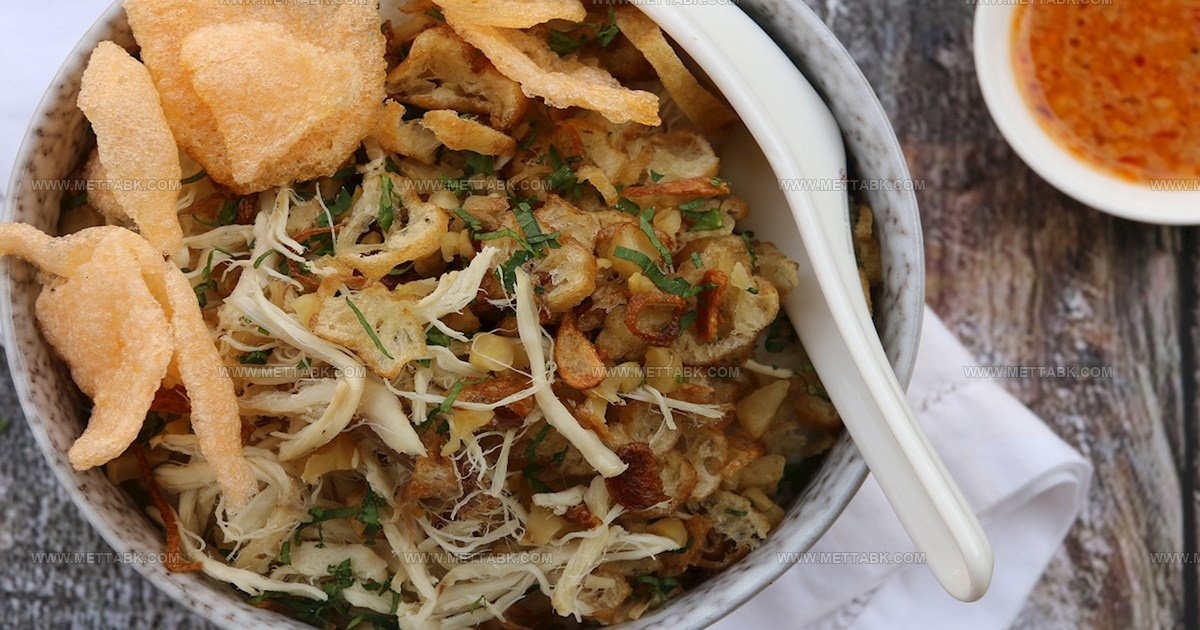
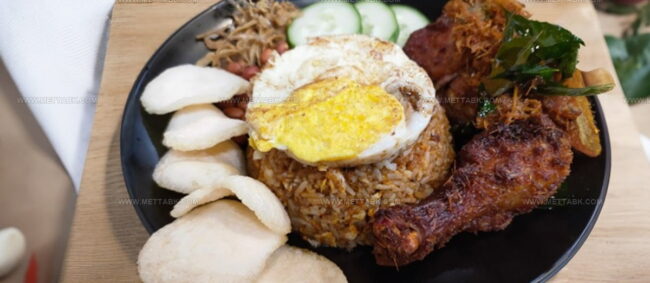
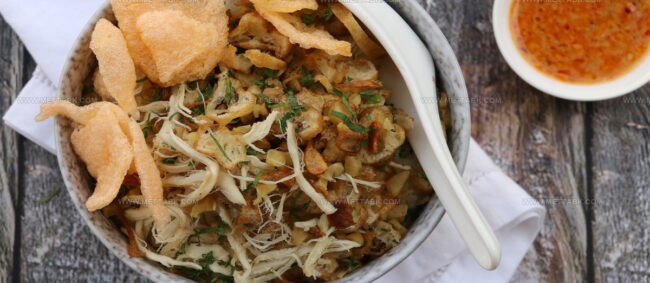
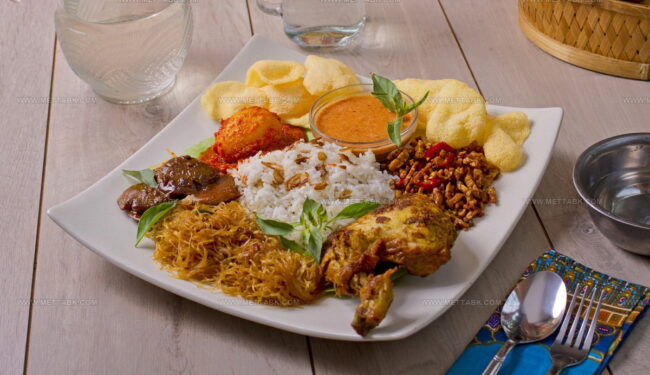
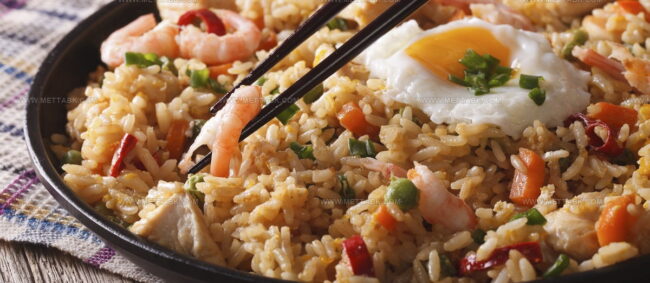

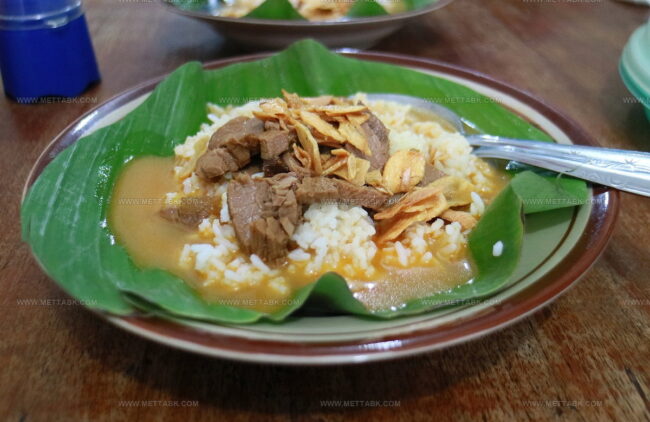

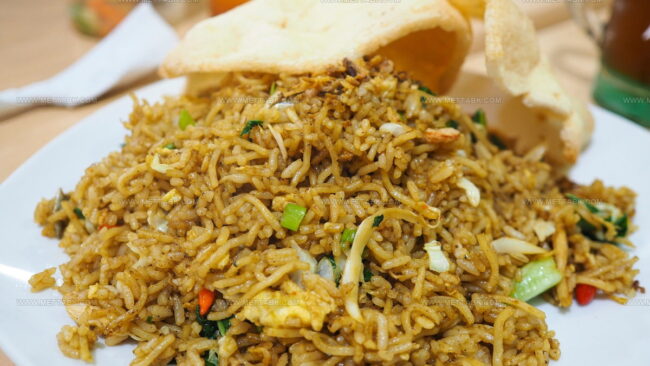

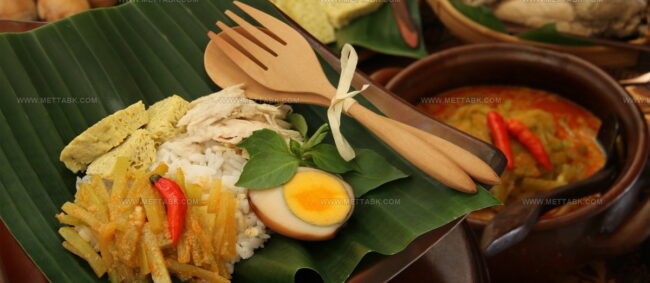

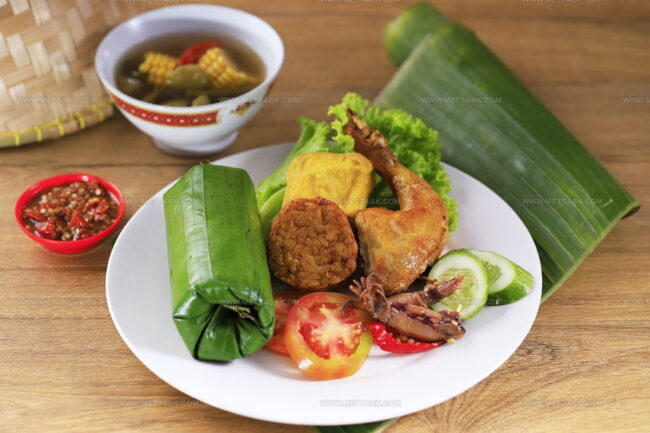
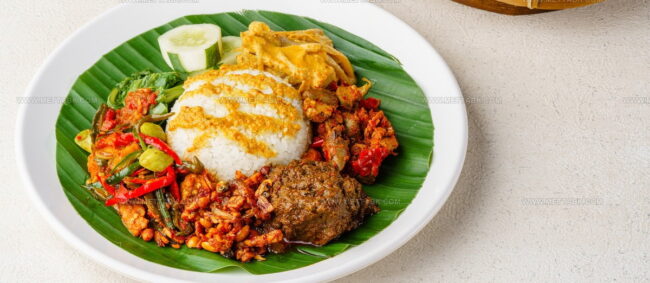
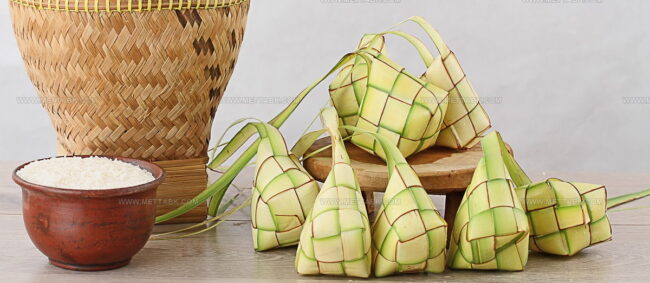
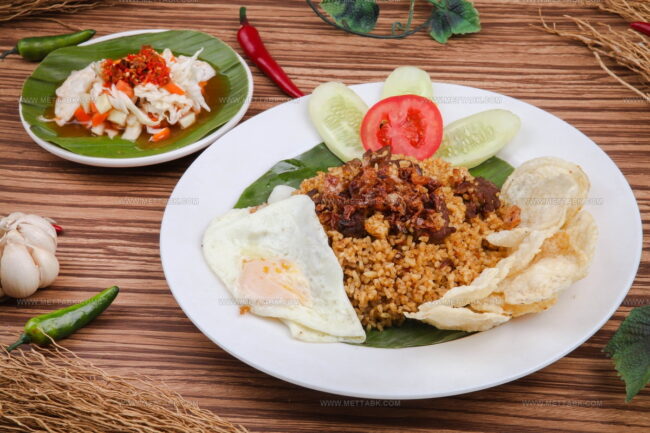

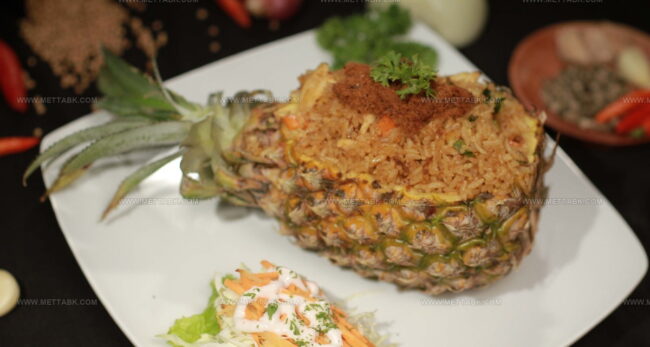

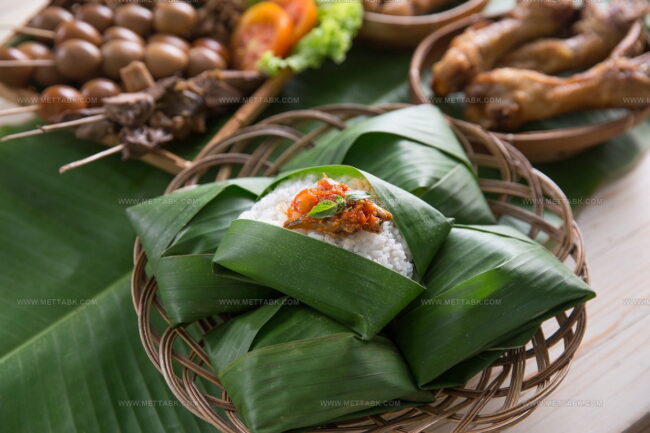
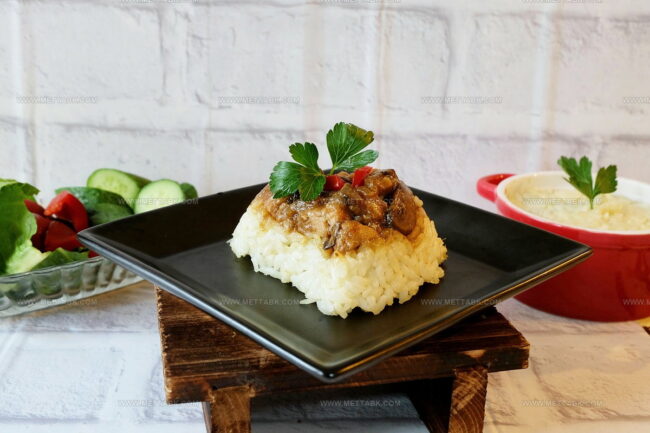
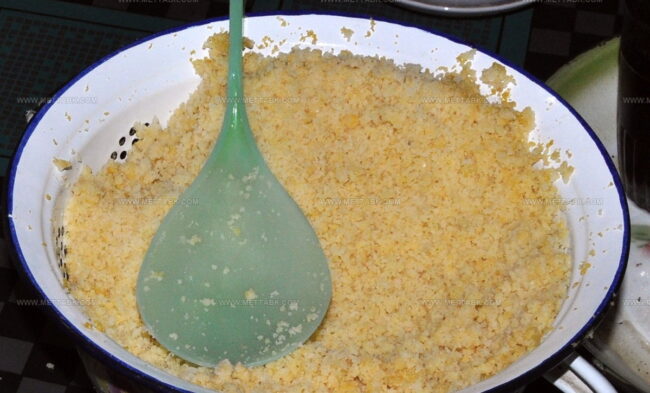
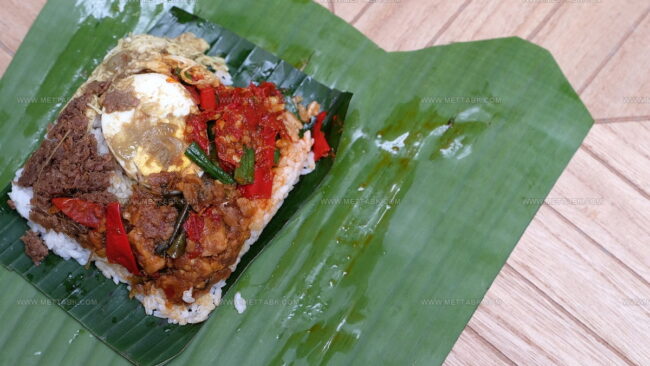
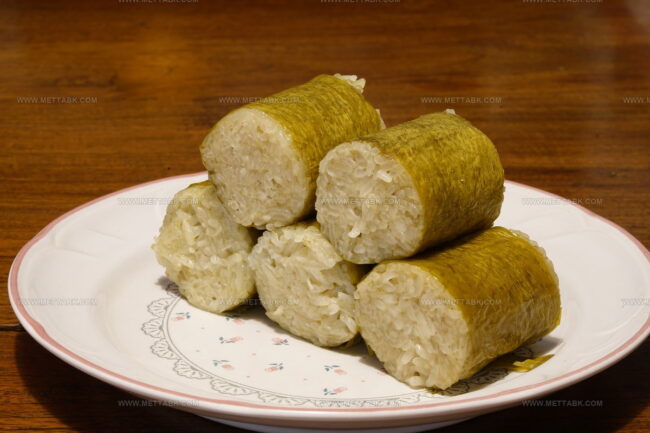

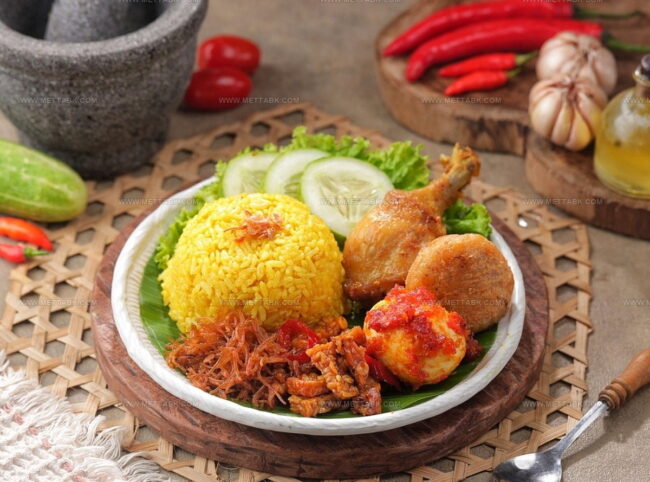
Clara Bennett
Contributing Recipe Developer & Food Writer
Expertise
Baking and Pastry Development, Gluten-Free and Allergy-Friendly Recipe Creation, Culinary Storytelling and Food Journalism, Recipe Testing and Standardization, Southern Comfort Foods and Modern Twists
Education
Sullivan University – National Center for Hospitality Studies
Associate Degree in Culinary Arts
Focus: Baking and Pastry Arts, Recipe Testing, and Culinary Journalism.
Clara specialized in crafting desserts that blend classic Southern comfort with modern techniques, while developing strong writing skills to tell the story behind every dish.
Lane Community College (Certificate Program)
Certificate in Food Writing and Photography
Focus: Culinary storytelling, recipe formatting, food styling, and visual presentation.
Clara’s love of baking started young, powered by homemade pies, biscuits, and stories passed around the family table.
After earning her degree at Sullivan University and a food writing certificate at Lane Community College, she turned her passion into a craft: sharing recipes that are simple, soulful, and always full of heart.
She’s big on bold flavors, flexible ideas, and creating sweets that fit any table (yes, even if you’re gluten-free). When she’s not baking, you’ll find her wandering farmers’ markets, styling food for the next photo shoot, or working on her ever-growing recipe journal.